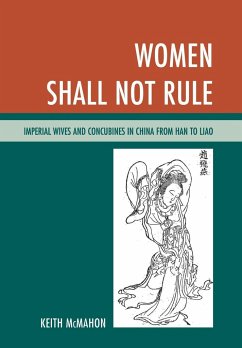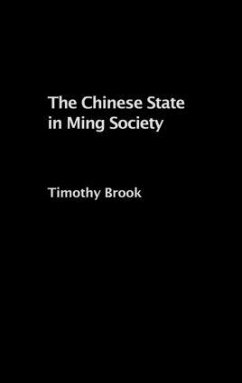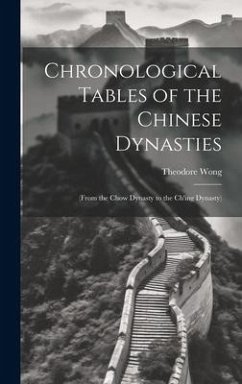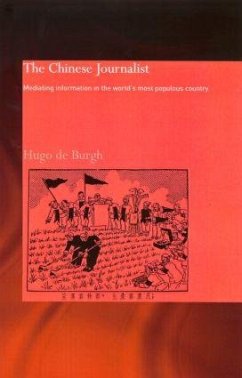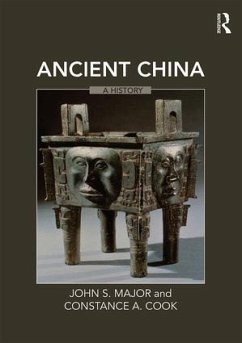Nicht lieferbar
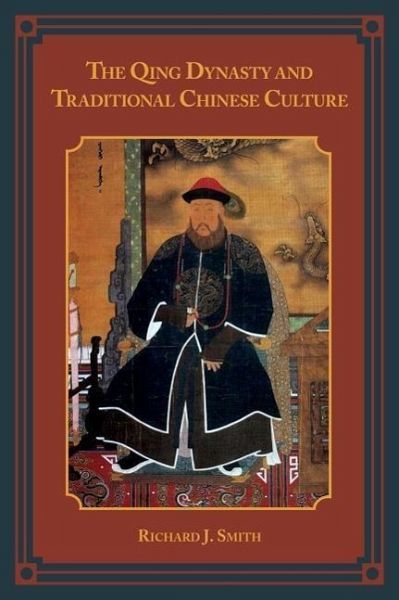
The Qing Dynasty and Traditional Chinese Culture
Versandkostenfrei!
Nicht lieferbar
This engaging and insightful history of the Qing dynasty (1636-1912) offers a systematic discussion of topics such as language, philosophy, religion, art, literature, and social customs. Nuanced and wide-ranging, noted historian Richard J. Smith's authoritative book provides an essential introduction to late imperial Chinese culture and society.





